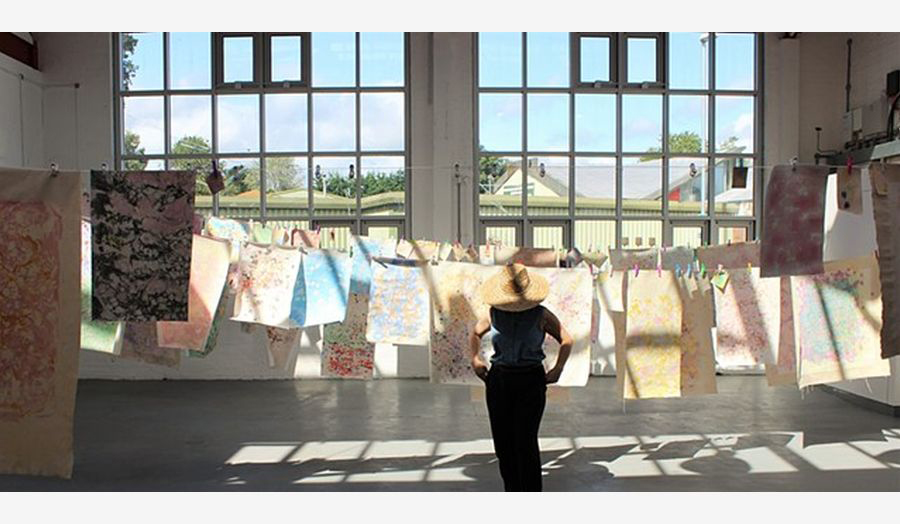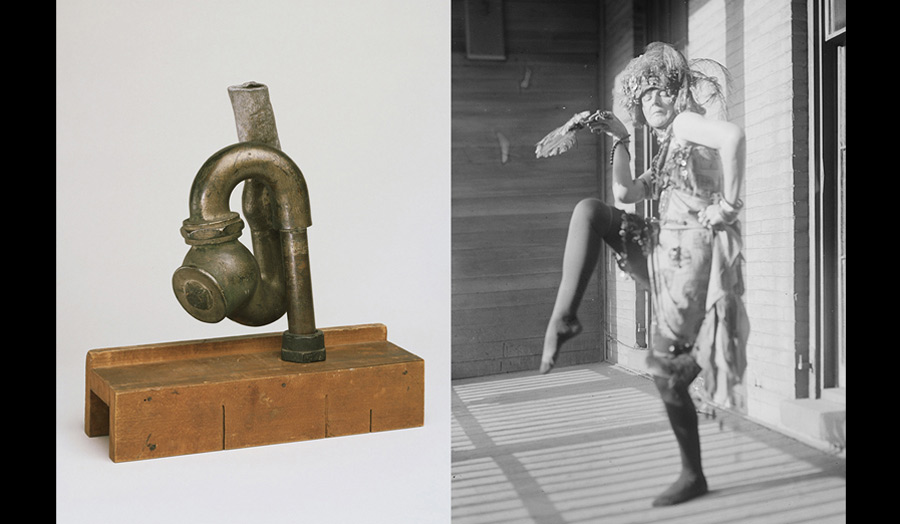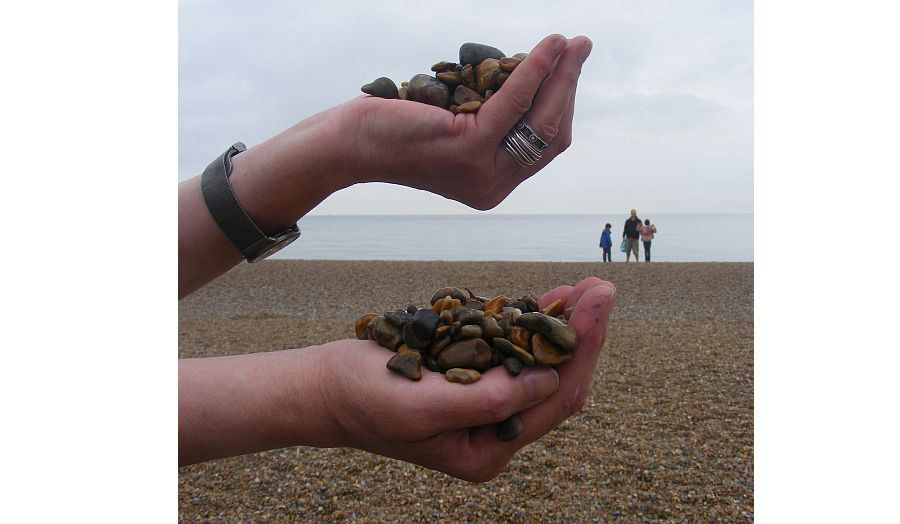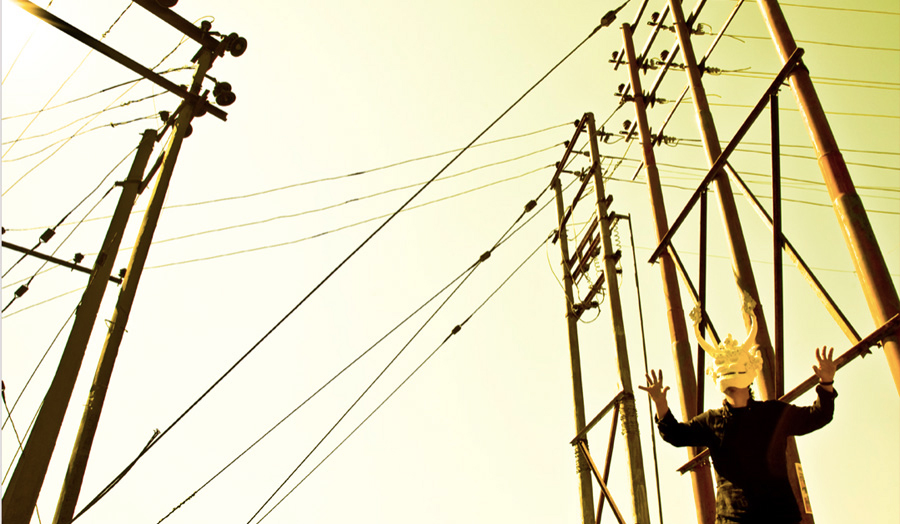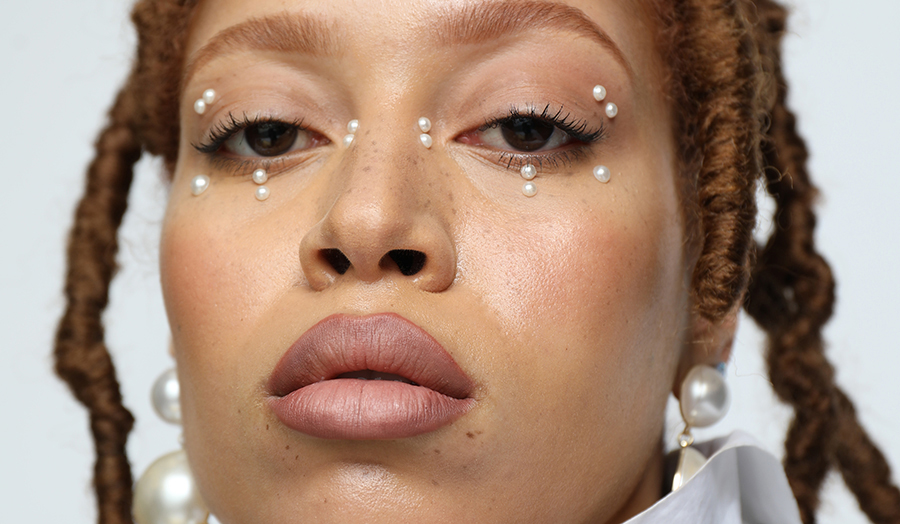Studio brief
UN/staging the UN/staged considers image making through a critical lens of the constructed and unconstructed image. It sets out to challenge the binary distinction between photographic works that are considered staged and those works that are considered unstaged. The studio reflects on notions of the authentic, the indexical and the document. Students will consider how these perceived representations of the real interact with other ideas and concepts they are introduced to, such as the dialogic, performative and relational producers of meaning within the medium, as well as the roles of memory and perception in the interpretation of any work by any individual.
The studio will consider ideas and approaches in photography from Henry Fox Talbot’s The Pencil of Nature to the subjugating anthropological images of the nineteenth century or the humanist work of the New Deal Farm Securities Administration’s documenting of depression era poverty and displacement, on to the near documentary of Jeff Wall, the docufictional works representing Nicolas Bourriaud’s concept of the altermodern and the post photography practices that question the role of the photographic image as a representative medium. It will develop a critical perspective from which students will assess and evaluate their own practices and intentions. In doing so it will address Bertolt Brecht’s contention that in order to provide the audience with a space for intellectual reflection on the events within a work, what we actually need is to construct something artificial and posed, a form of “constructed representation” and whether this may, after all, be all that photography has ever done.
As in all Photography BA studios, students are free to make work on any topic and of any type. The studio will teach them how to position the work in a critical context of its theme, and optimise its potential impact, enabling them to continue to expand the boundaries of contemporary photographic field.
The work of our students will use any combination of analogue, digital or inter-disciplinary techniques, allowing production of works that draw from traditional, experimental techniques, to latest technologies and photographic production trends, with understanding of how to make technical, methodologies, aesthetic and material choices best suited to capture, articulate and express their unique ideas. The studio will investigate the importance of building a personal photographic language and equip students with the theoretical and technical expertise through seminars, workshops and practical experience and produce a photographic body of work, that addresses identified specialist and non-specialist audiences.
It is the ethos of our course, to embrace break down of boundaries between applied commissioned photography and documentary or fine art practice to allow our students develop practice that can be equally at home in the gallery as it is in the applied sector, as exemplified by progressive commercial photography agents, such as We Folk, East, Wyatt Clarke + Jones and Art + Commerce who are working with photographers and artists. The course offers an in-depth understanding of the photography and visual art industries in which our students and graduates will choose to position their practice.
The photography studios offer a progressive structure of learning and developing photographic technical skills and professional practice between Levels 5 and 6, whilst integrating and connecting students across both years in production of personal projects with a critical perspective of the studio theme, from which to consider their work.
Students in Level 5 produce a Moving Image Project and a Personal Photography Project which culminate in a public screening of the works and a pop-up exhibition. Students in Level 6 work on one long-term Personal Project, which culminates in a multi-platform outputs: an exhibition, a publication, a portfolio and an online presence.
Studio reading
- Bate, D. (2016) The Key Concepts Photography. 2nd edn. London, Bloomsbury.
- Campany, D. (2003) Art and Photography.
- Campany, D. (2008) Photography and Cinema, London: Reaktion.
- Cotton, C. (2009) The Photograph as Contemporary Art. London, Thames and Hudson. (Chapter 2: Once Upon a Time).
- Emerling, J. (2013) Photography: History and theory. Routledge. (Chapter 3: Documentary or Instants of Truth).
- Garcia, E.C. (2010) Photography as fiction. Getty Publications.
- Soutter, L. (2013) Why art photography? London: Routledge.
- Rose, G. (2016) Visual methodologies: An introduction to researching with visual materials. Sage.
- Scott, C. (1999) Spoken image: Photography and language. Reaktion books.
- In La Grange, A. (2013) Basic critical theory for photographers. Routledge.
- Wells, L. (2008) The Photography Reader. Oxford, Routledge. (Part 3 Codes and Rhetoric Introduction p.110)
- Wells, L. (2009) Photography: A Critical Introduction, Oxford, Routledge.
- Wild, J. (2017) Re-enacting Tropes of Black Masculinity in Yinka Shonibare’s Diary of a Victorian Dandy. Critical Arts, 31(3), pp.142-160.
Image: James Russell Cant, Untitled 2019
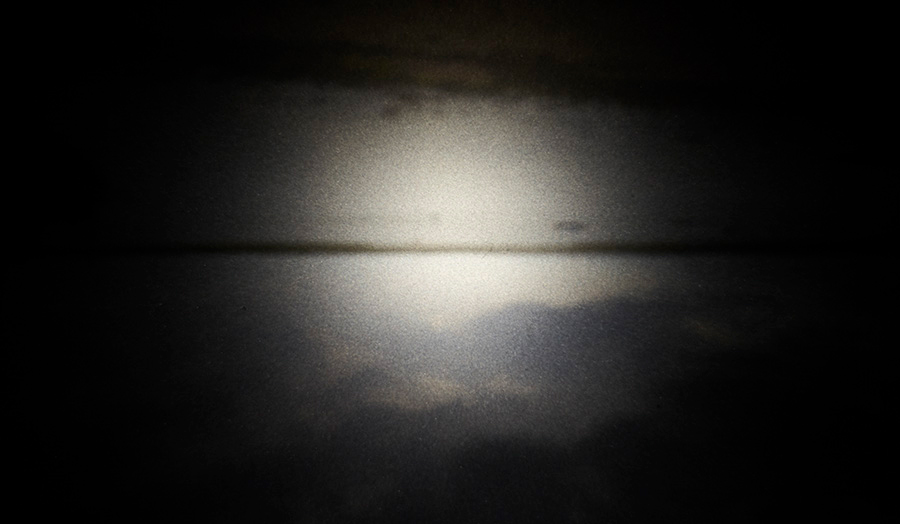
Details
| Course | Photography BA (Hons) Fashion Photography BA (Hons) Fine Art BA (Hons) Painting BA (Hons) |
|---|---|
| Tutors | James Russell Cant Heather McDonough |
| Where | Calcutta House Small Annex, CA3-04 |
| When | Monday 10am to 5pm, Thursday 10am to 5pm |

